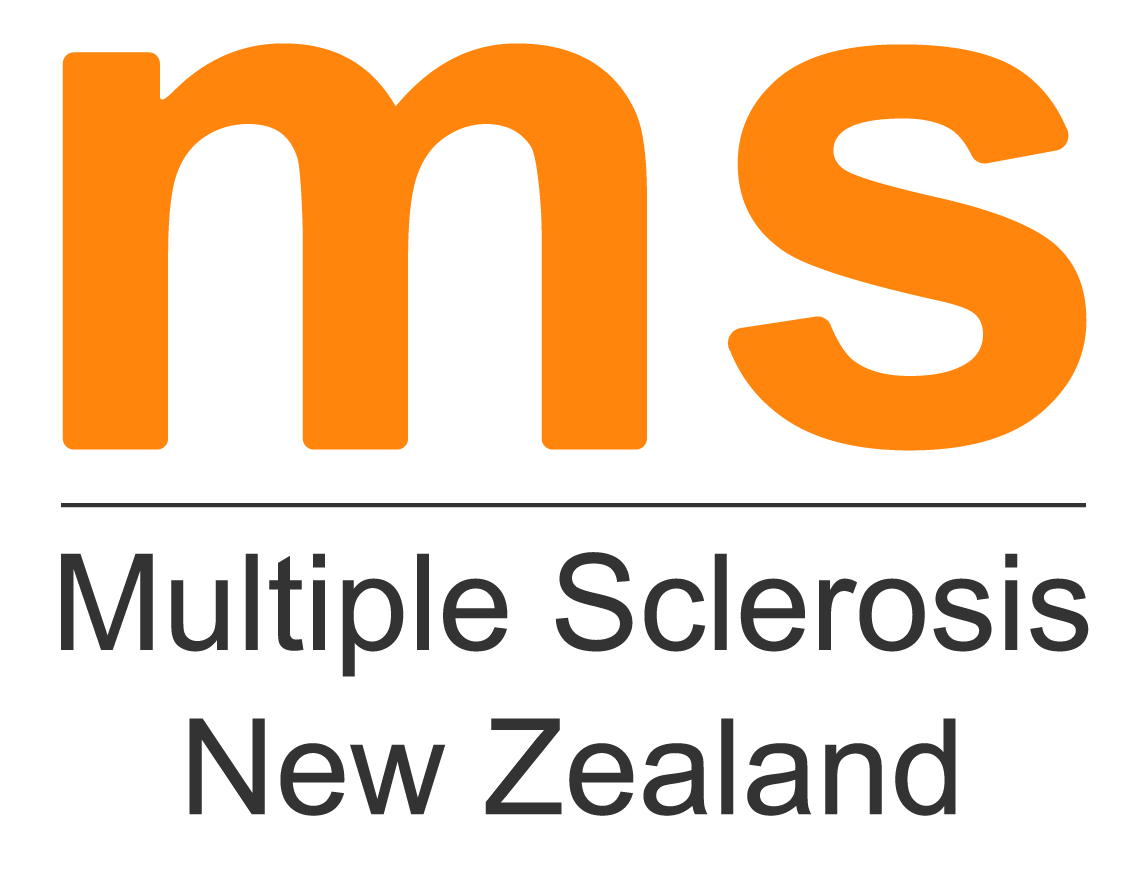
May 30, 2025 | News, Press Release
Multiple Sclerosis New Zealand is calling for more governmental investment in specialist neurologists, clinical nurse specialists and allied healthcare workers to better diagnose and treat the growing numbers of people in Aotearoa New Zealand with multiple sclerosis (MS).
Today’s call – on World MS Day – follows a recent study undertaken by eight leading New Zealand MS clinicians and researchers showing a 67 per cent increase in people diagnosed with MS between 2006 and 2022, with 4860 New Zealanders identified as living with the debilitating disease in 2022. Recent modelling indicates the 2025 figure to now be over 5000.
Backed by Multiple Sclerosis New Zealand (MSNZ), the study, published recently in the New Zealand Medical Journal, estimated a New Zealand MS prevalence of 96.6 per 100,000 people in June 2022 – an increase from 72.4 per 100,000 in 2006.
Conducted by the COMPASS Research Centre, the study utilised New Zealand Integrated Data Infrastructure (IDI)* information from Stats NZ, including data from hospitalisations, disability support, pharmaceutical dispensing of MS treatments as well as needs assessments.
Lead author Dr Natalia Boven from the University of Auckland says while European New Zealanders are being diagnosed with MS at a higher rate (132.4 per 100,000), the study found MS increased substantially for Māori, Pacific peoples and Asian ethnic groups over the same time period. Māori rates rose from 15.0 per 100,000 to 33.1 per 100,000 in 2022, the rate for Pacific peoples rose to 9.2 per 100,000 and the Asian ethnic group rate increased to 16.0 per 100,000.
““Of concern, the data shows that people living in more deprived areas were less likely to be diagnosed with MS, and this pattern was more pronounced for Māori and Pacific peoples. This suggests they may face barriers accessing services to receive a MS diagnosis,” lead author Dr Boven says.
“Further research is needed in this area to explore whether this is the case, and the nature of any barriers.”
MSNZ National Manager Amanda Rose says patients regularly report to MSNZ that the biggest barriers to diagnosis are a lack of MS awareness in the community, and critical shortages of specialist services delaying diagnosis – from a couple of weeks to several years in some instances.
“Too many New Zealanders face delays in being diagnosed with MS due to limited access to specialist neurologist appointments and MRI scans,” Rose says.
“The longstanding shortage of neurologists in Aotearoa has created long waiting lists for many people with neurological conditions, including MS. We’ve been advocating for over ten years to increase the number of neurologists in New Zealand, with little to no progress.”
MSNZ says in 2015 it was estimated New Zealand needed 74 fulltime equivalent (FTE) neurologists, equivalent to one neurologist per 70,000 people.
However, Rose says a 2023 an official Information Act request (submitted by MSNZ to Te Whatu Ora) revealed how critical neurological health workforce shortages remain, with only 47.8 FTE – a shortage of 16 nationwide compared to 2015 requirements.
“We’re not aware of any significant investment since then,” she says.
Rose says many rural areas have no access to a neurologist, and those in large urban centres simply don’t have enough to meet demand.
“In Auckland alone, 50 to 60 people per year are diagnosed with MS, and with a condition such as this, time matters, she explains.
“The fact remains that when MS is identified early, people can begin disease-modifying treatments to help delay disease progression, which reduces their future disability, and improves their quality of life.”
She says the neurologist shortage is also negatively impacting routine follow-up and ongoing care of MS patients – a specialist area often out of the scope of nurses, GPs and general medicine physicians.
MSNZ says not only does delayed diagnosis place a significant burden on health systems, but it compounds pressure on social and health service providers in the non-governmental sector who are under-resourced.
“This pressure is being felt on the ground by our overstretched regional MS societies who are seeing increasing numbers of clients without increased funding to match,” says Rose.
“Support from the public is vital so MS care providers can continue to deliver services to meet the needs of patients in their local communities.”
MSNZ has contracted COMPASS Research Centre to build on the study findings with further research, using IDI data to explore the demographic and socioeconomic characteristics of people living with MS in Aotearoa, including geographic distribution, education, income, and employment history, access to disability support, allied healthcare, and income support.
Ends
* The IDI captures data about government services accessed (‘administrative data’), along with data from the Census and Stats NZ surveys, linked at the individual level. Researchers are only able to access data that has been de-identified, meaning that potentially identifying information, such as names and NHI numbers, has been removed.
Global MS Diagnosis Facts